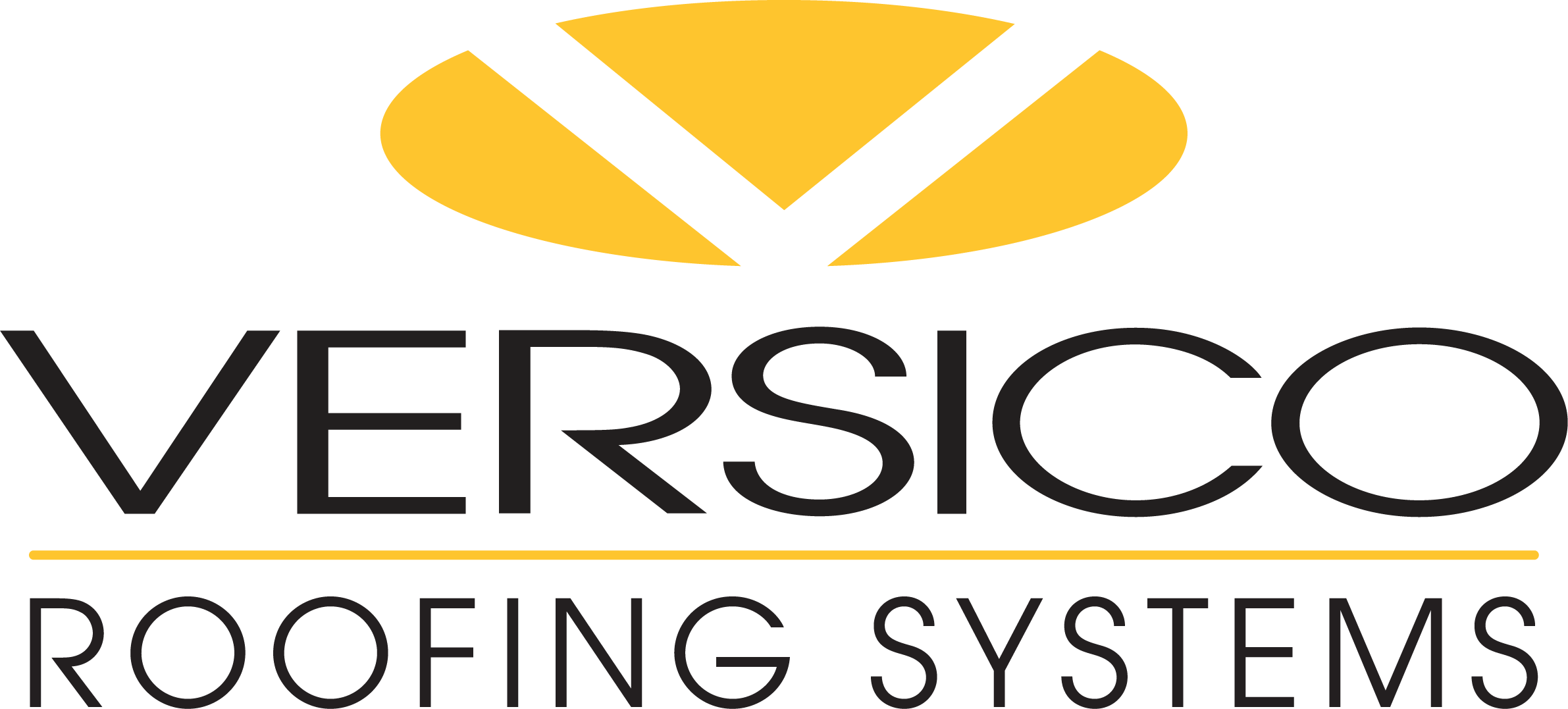TechNews: Welding Guidelines for TPO and PVC
In this post, we’ll discuss some best practices that reduce the chances of cold welds and help ensure the watertight integrity of TPO, PVC, and KEE HP single-ply roof systems.
1. Equipment
Use proper power sources or commercial-grade generators. Generators should be rated for 3,000 watts for two hand welders, or 6,500 watts for one auto-welder. Proper extension cords are critical. For auto-welders, use a 10-gauge wire with a maximum length of 100 feet; for hand welders, use a 12-gauge wire with a maximum length of 100 feet. Welders should be in good shape, with clean air screens and a clean nozzle.
2. Temperatures
The following are starting guidelines for temperature, speed, and airflow. Settings may vary depending on membrane thickness (45-, 50-, 60-, or 80-mil). Check out Versico’s TPO and PVC/KEE HP welding guides for more information.
TPO Welding Guide
PVC/KEE HP Welding Guide
3. Critical Welding Steps
Keep in mind that ambient temperatures will affect welding temperatures and speeds, as will welding in the sun versus welding in the shade. Certain substrates can hold heat in the membrane (polyiso insulation), while others can rob the heat from the membrane (concrete). When hand welding, immediately roll across the hot seam at a 45° angle with a 2” silicone roller. This helps to ensure the top membrane is adequately pressed into the bottom membrane. When welding across a step-off, be sure to crease the top membrane into the step-off with a 2” silicone roller immediately after welding. This will help prevent a water channel from forming in the weld. It’s important to perform test welds several times each day because of changing ambient and membrane temperatures. Simply cut a 1”-wide strip across the weld and peel to inspect the weld area. Remember to probe all seams at the end of each work day.
4. Cleaning and Maintenance
Always clean aged or dirty membrane before welding. On PVC or KEE HP, use PVC and KEE HP Membrane Cleaner; on TPO, use Weathered Membrane Cleaner. Clean all residue from the weld area and allow it to dry before welding. Maintain your equipment before, during, and after welding. Regularly inspect the silicone pressure wheels on your auto-welder and hand roller to make sure they’re not affecting the integrity of the membrane while welding or rolling. Clean the char off the heat gun nozzle using a brass wire brush and keep the intake free of debris to allow maximum airflow. On the auto-welder, adjust the nozzle to eliminate heel drag.
Following these helpful hints will ensure a better installation with fewer cold welds. If you have questions, check out Versico’s TPO and PVC/KEE HP Welding Guides or contact your Field Service Representative.
1. Equipment
Use proper power sources or commercial-grade generators. Generators should be rated for 3,000 watts for two hand welders, or 6,500 watts for one auto-welder. Proper extension cords are critical. For auto-welders, use a 10-gauge wire with a maximum length of 100 feet; for hand welders, use a 12-gauge wire with a maximum length of 100 feet. Welders should be in good shape, with clean air screens and a clean nozzle.
2. Temperatures
The following are starting guidelines for temperature, speed, and airflow. Settings may vary depending on membrane thickness (45-, 50-, 60-, or 80-mil). Check out Versico’s TPO and PVC/KEE HP welding guides for more information.
TPO Welding Guide
PVC/KEE HP Welding Guide
3. Critical Welding Steps
Keep in mind that ambient temperatures will affect welding temperatures and speeds, as will welding in the sun versus welding in the shade. Certain substrates can hold heat in the membrane (polyiso insulation), while others can rob the heat from the membrane (concrete). When hand welding, immediately roll across the hot seam at a 45° angle with a 2” silicone roller. This helps to ensure the top membrane is adequately pressed into the bottom membrane. When welding across a step-off, be sure to crease the top membrane into the step-off with a 2” silicone roller immediately after welding. This will help prevent a water channel from forming in the weld. It’s important to perform test welds several times each day because of changing ambient and membrane temperatures. Simply cut a 1”-wide strip across the weld and peel to inspect the weld area. Remember to probe all seams at the end of each work day.
4. Cleaning and Maintenance
Always clean aged or dirty membrane before welding. On PVC or KEE HP, use PVC and KEE HP Membrane Cleaner; on TPO, use Weathered Membrane Cleaner. Clean all residue from the weld area and allow it to dry before welding. Maintain your equipment before, during, and after welding. Regularly inspect the silicone pressure wheels on your auto-welder and hand roller to make sure they’re not affecting the integrity of the membrane while welding or rolling. Clean the char off the heat gun nozzle using a brass wire brush and keep the intake free of debris to allow maximum airflow. On the auto-welder, adjust the nozzle to eliminate heel drag.
Following these helpful hints will ensure a better installation with fewer cold welds. If you have questions, check out Versico’s TPO and PVC/KEE HP Welding Guides or contact your Field Service Representative.
Up Next
February 23, 2023
TechNews: Winter Safety Tips for Roofers
When working on the roof in cold weather, it is important that roofers protect themselves from winter hazards.
January 26, 2023
TechNews: Don’t let winter weather put your project on ice
When crews are working in cold temperatures, special storage and installation techniques are often required. Here are some tips for making sure your cold weather projects go as smoothly as possible.
June 30, 2022
Metal Roof Edges – What is the ES-1 Standard?
The topic of metal roof edges is one of high importance when it comes to the performance of a low-slope roof.
